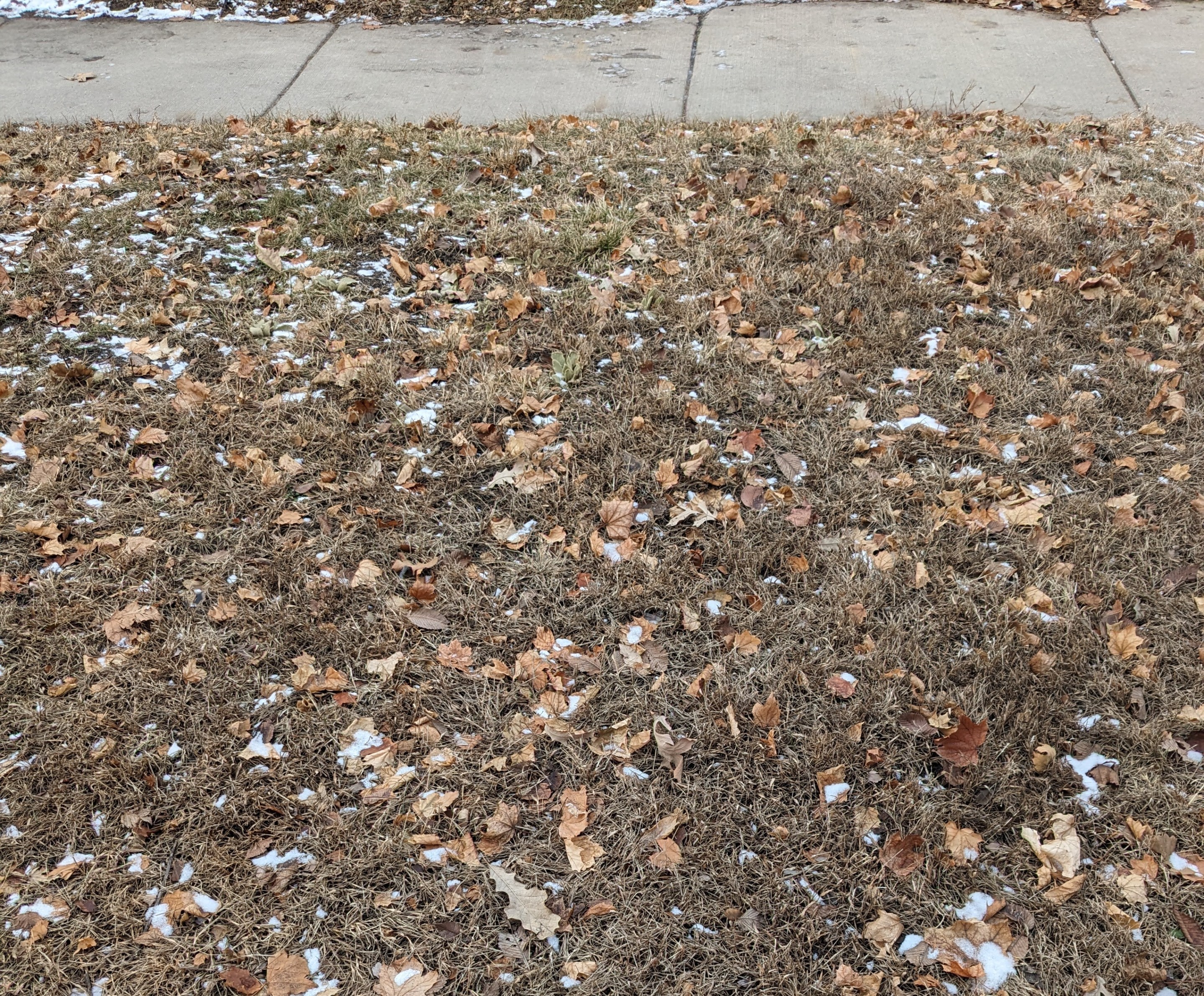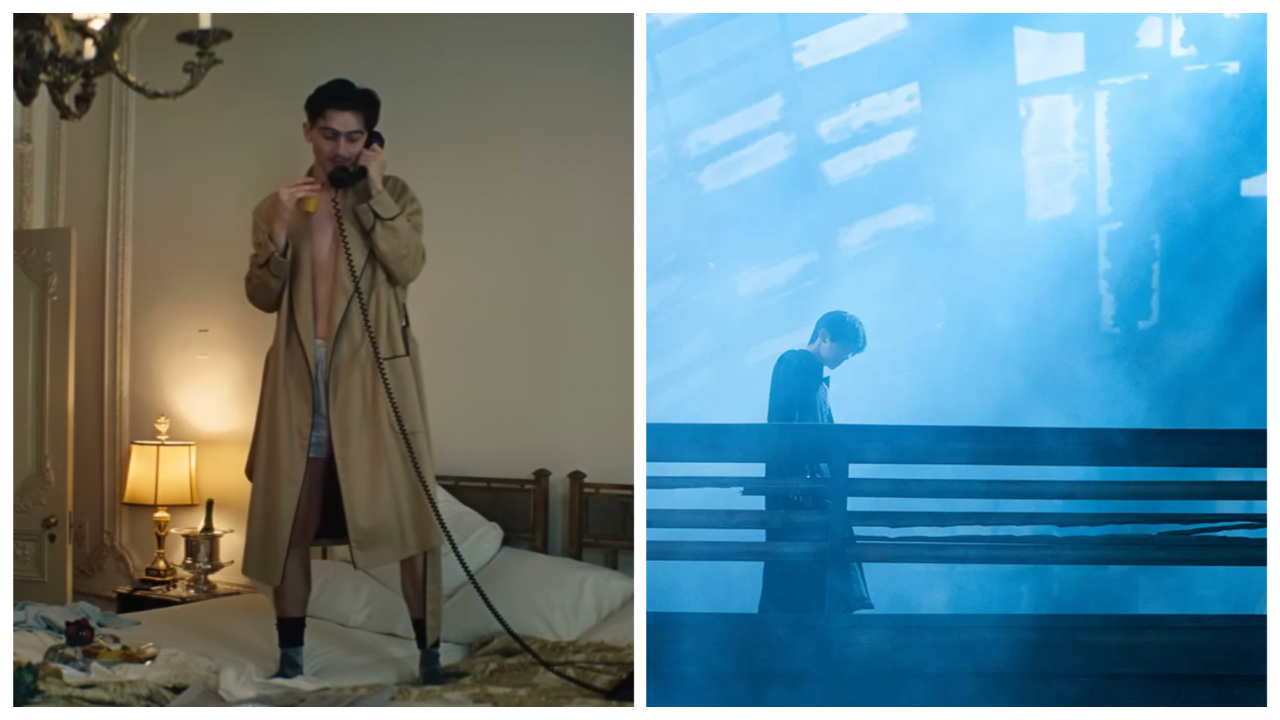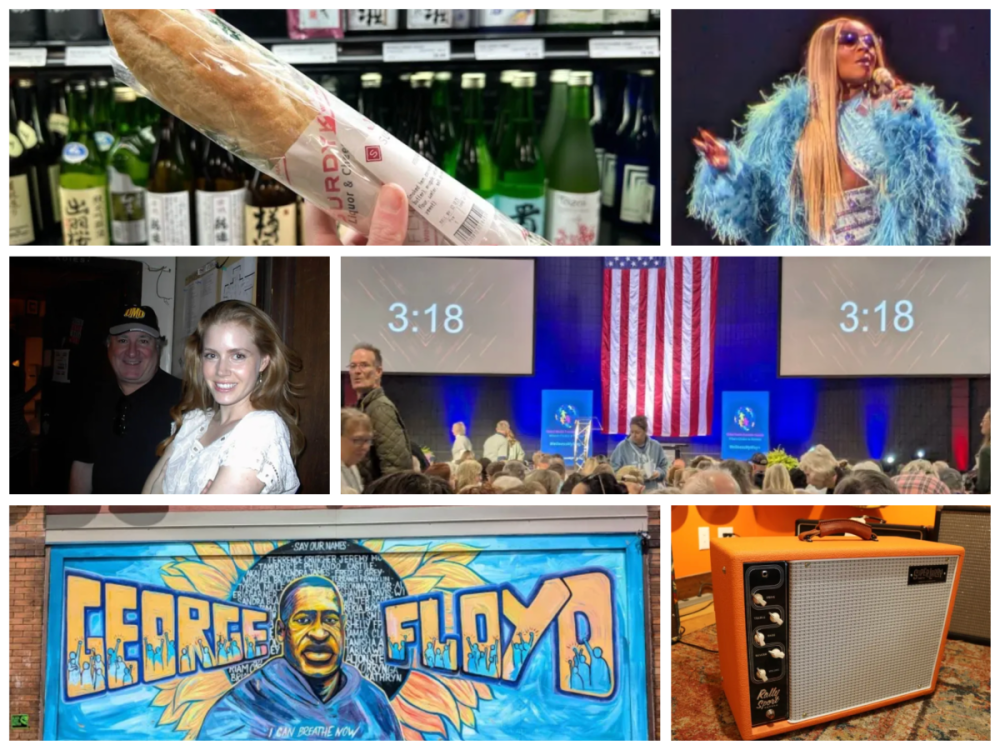If your familial holiday celebrations were anything like mine, the usually benign weather talk was slathered with a thick coat of ambient dread.
That's because, per historical DNR figures, the Twin Cities just experienced the warmest December since 1877. You surely remember our 55-degree Christmas Eve, which smashed that date's record by 9 degrees and rendered all those Hawaiian T-shirt Santas sadly non-ironic. Ninety-five percent of the state lacked any snow coverage last month; just 0.35 percent of the Great Lakes are topped with ice at the moment; cherished wintertime events and activities are getting snuffed out left and right.
How freaked out should Twin Citians be by this disconcertingly brown and balmy start to winter? We posed that verbatim question to Dr. Heidi Roop, a University of Minnesota climate scientist who heads the U's Climate Adaptation Partnership.
Be sure to check out Dr. Roop's new book, The Climate Action Handbook: A Visual Guide to 100 Climate Solutions for Everyone, and enjoy our conversation... to the extent the subject matter allows.
So how much of our current weird winter is due to climate change, and how much is due to weather factors?
Great question, and a difficult one for a climate scientist to answer. This doesn't feel normal, whatever normal is anymore, right? Our winters are the fastest-warming seasons in Minnesota but, as with anything that's complex, what we're experiencing right now is a combination of factors, one of which is a warming world. We're also, this year, experiencing very strong El Niño conditions, which ends up locking cold winter air in northern and central Canada, which leads to much warmer temperatures here.
One thing we're not talking about enough is, once we have conditions like we have now with very little snow cover, we actually further amplify temperatures because bare ground absorbs the sun's energy, whereas snow reflects it back toward the atmosphere. Our broader climate setup this year, with the strong El Niño, would tip the scales toward a warmer than average winter. With climate change, and the lack of snow cover, we have these extremely warm conditions that certainly feel like a postcard from the future, but climate change is here and now—we're feeling and experiencing it every day. For Minnesotans who thrive in the cold, this is a stark reminder of what climate change feels and looks like.
We once had a meteorologist project what Minnesota's climate will look like in the future, given the realities of climate change. He arrived at something like northern Kansas. What do you think when you hear that?
I have no idea what winter in Kansas looks like, you're asking a girl from Wisconsin! But our team at the Climate Adaptation Partnership here at the university actually just generated new projections for Minnesota's future climate. You can go into an interactive tool online, and you can create a map and look at what we expect. I can pull up a map right now, and if we look at the state as a whole out toward the end of century under high emissions of greenhouse gasses… our wintertime temperatures look to be anywhere from 3 to 7.5 degrees, in some cases over 13 degrees Fahrenheit warmer, than the historical average.
And those numbers should be shocking for most people?
Shocking but hard to contextualize, like, what does that even mean and why do we care? That's the challenge of these climate change and weather stories. We care because it feels different, but of course there are impacts that stem from this warming on our water resources, on agriculture, on the built environment, on ecosystems, on the health and well-being of critical species, on our forestry sector.
So it's easy to get shock value out of these seemingly large numbers, but when we start to translate that into what does it means for the things we care about—whether that's cultural identity, like the loss of winter recreation—there are impacts that stem from these numbers, right? Something that you care about is at risk from climate change. But, in some cases, [climate change] means more snow. During our warming winters, in our observed records, we've had more days with heavy snow. Some of that is because, when you warm the atmosphere, it can hold more moisture.
As a climate scientist and an alarm-bell-sounder, if you don't object to that term, how much have you thought about what this winter represents in terms of messaging? I'm sure you're getting more media requests, everyone's talking about it... does it become an opportunity for you to get the word out?
I don't know about alarm bells… I try to not be alarmist, although many of us are trying to scream from the rooftops. I try to do that diplomatically, realistically, and connected to action. I recently published a book called The Climate Action Handbook, and it's a visual guide to 100 climate solutions for everyone. Part of my own work and journey on this has been to turn those abstractions and lived experiences into a catalyst for doing something, whether that's things you're doing at home, at the community level, and how you can be a voice for critical systems-based change.
I like to joke that, whenever I go down to the State Capitol, I try to talk about potholes. Because climate change is making our potholes worse, and there's nothing Minnesotans like more than to complain about our roads and talk about the weather. That helps connect the dots. Even if climate change isn't the thing that gets you out of bed in the morning, in terms of what you're worried about or want to dedicate your finite pool of resources and energy toward, something you care about is at risk from climate change. We're seeing that now, and the question is: How are you part of the solution?
With the acknowledgement that you authored a book with 100 impactful choices and solutions people can seize on, if you were to like, distill it to a top three big, big picture solutions for climate change on a geopolitical level, what would they be?
[Laughs.] Oh, this is the perennial question. And it's so hard because, turns out, context matters.
If it's three things, I'd say first, lean into your strengths and passions. We're not going to change systems if we don't really deeply care and aren't leveraging what we're good at. We need everyone to be part of this—farmers, foresters, community leaders, artists, poets, business leaders, lawyers, doctors. There's a role for you in climate work and solutions, so bring what you're good at and pass the climate lens through it.
The second is we have to use our energy wisely. We need to opt into renewable energy and increase our energy efficiency wherever we can, particularly in the built environment and transpiration sectors. Those Amazon packages, particularly the overnight ones, bring over 180% more greenhouse gas emissions than if you choose slow shipping, for example.
The third is to find ways to communicate and engage in your community. A minority of adult Americans actually think climate change will impact them personally, and just about the same amount talk about climate change on a regular basis. We need to use these opportunities to connect, engage, and catalyze action at scale. There's a lot we can do as individuals, but individuals make up systems. I firmly believe that, together, we can work together and push systems for the changes we need.
I'm going to throw in a fourth! Given that it's 2024, and this is not intended to be a partisan statement, vote and engage at the local and national levels.
Feel free to say, "Ditto, I already gave a great set of applicable answers," but when you encounter climate doomers, folks who don't want to have kids and generally think we're already doomed for not acting fast enough historically, how do you kind of… talk them down?
It's a great question. It's important to note that we haven't written the climate history book yet; we're actively writing those chapters. It's critical we pivot our behaviors as quickly as possible. We hear a lot of, "The world is over, it's ending!" Right, some things are changing, and they will not be reversable in multiple generations. Part of my climate research is studying Antarctica; my husband is on a boat there right now, and we study sea-level rise and the state of Antarctic ice sheets. A lot of people don't realize that, in one of the most recent reports, it stated that sea level rise will continue to go up for at least the next 1,500 years because of climate change.
So yes, we're pushing limits and have in fact changed things, but we haven't tipped the scales so far that we can't tip them back. The question now is not, "Is the world going to end?" Because it's not. The question is are we going to seize the opportunity to to engage in climate action, which can solve a lot of issues in our society—green space, clean air, clear water, health equity issues. The science is clear: We have a problem; we know it's us; we know the more we emit greenhouse gasses, the worse it gets. Would it have been easier to pivot if we had made a choice earlier, say a few decades ago when climate scientists started sounding the alarm? Sure, but it's not too late.
OK, I have more than a few friends I'm going to pass that answer along to. I think they need to hear it.
I will say I've made the choice to only have one child, but I didn't choose to have no children.
And that was partially climate-inspired?
Yes.
I'll let you go in a second here, but I'd like to pose our headline question to you: How freaked out should we be about our current winterless winter we're experiencing in Minnesota?
I don't know that "freaked out" is how I want people to feel. [Laughs]. My question is: How do you take that concern, and translate it into action? We love to talk about the weather here. I'd love for people to talk about the weather, and then talk about how they're going to be part of the climate solution.
Anything else we didn't talk about that you feel is important, that our readers should know?
I don't know… this is hard, right? This winter warming piece, it's a multifaceted story. Yes, Minnesota's winters are warming faster. But this warm winter shouldn't be the only reminder that change is occurring in our state. The average low temperature in the northern third of the state is an average of over 7 degree warmer than it was in the late 1800s. That's a number that's almost impossible to comprehend. Change is here, and it's clear we need to act in whatever ways we can. A lot of things Minnesotans care about is at risk. We need to have conversations that move beyond the problem to what we can do about it. We all know that something is weird.







